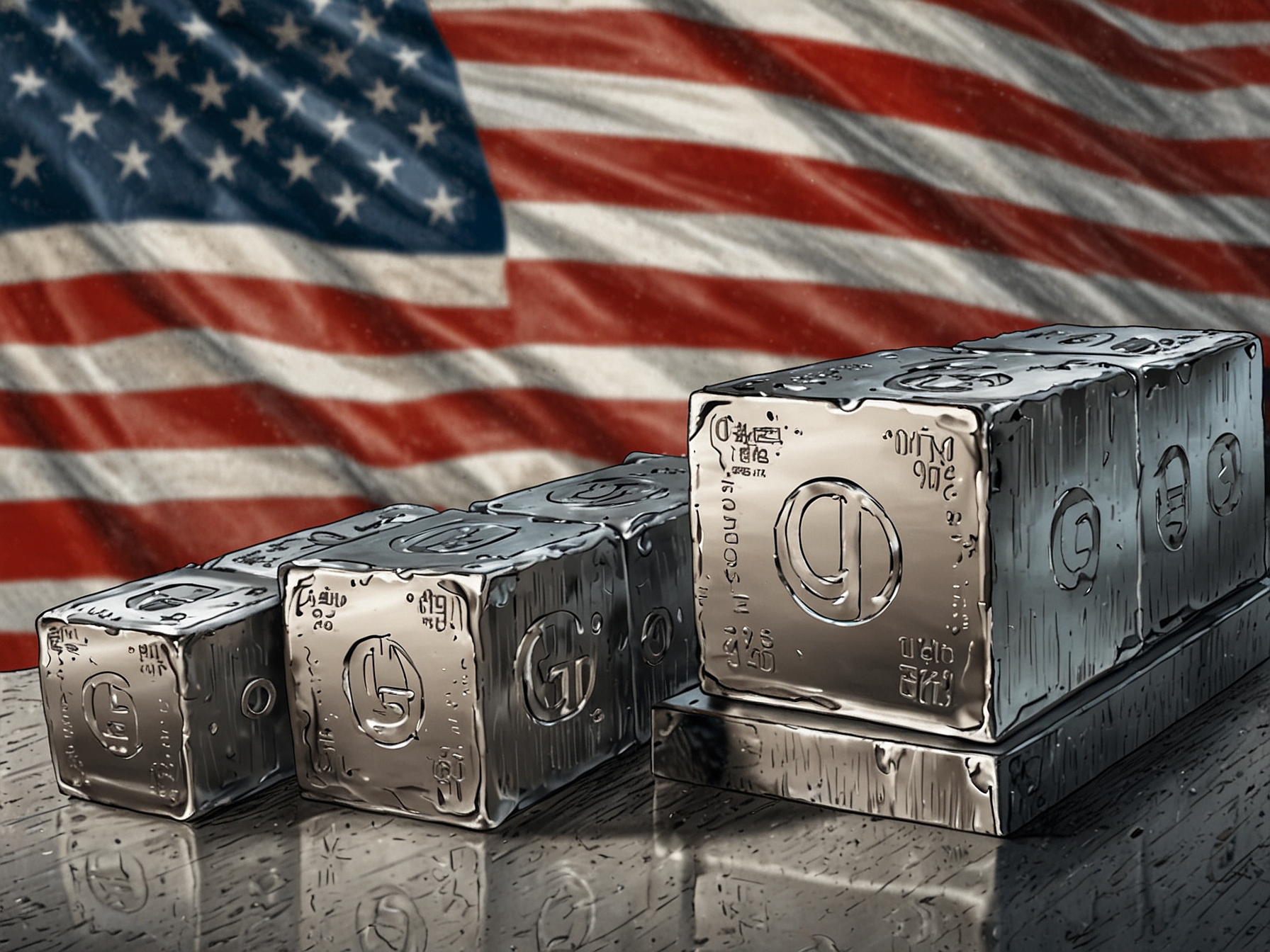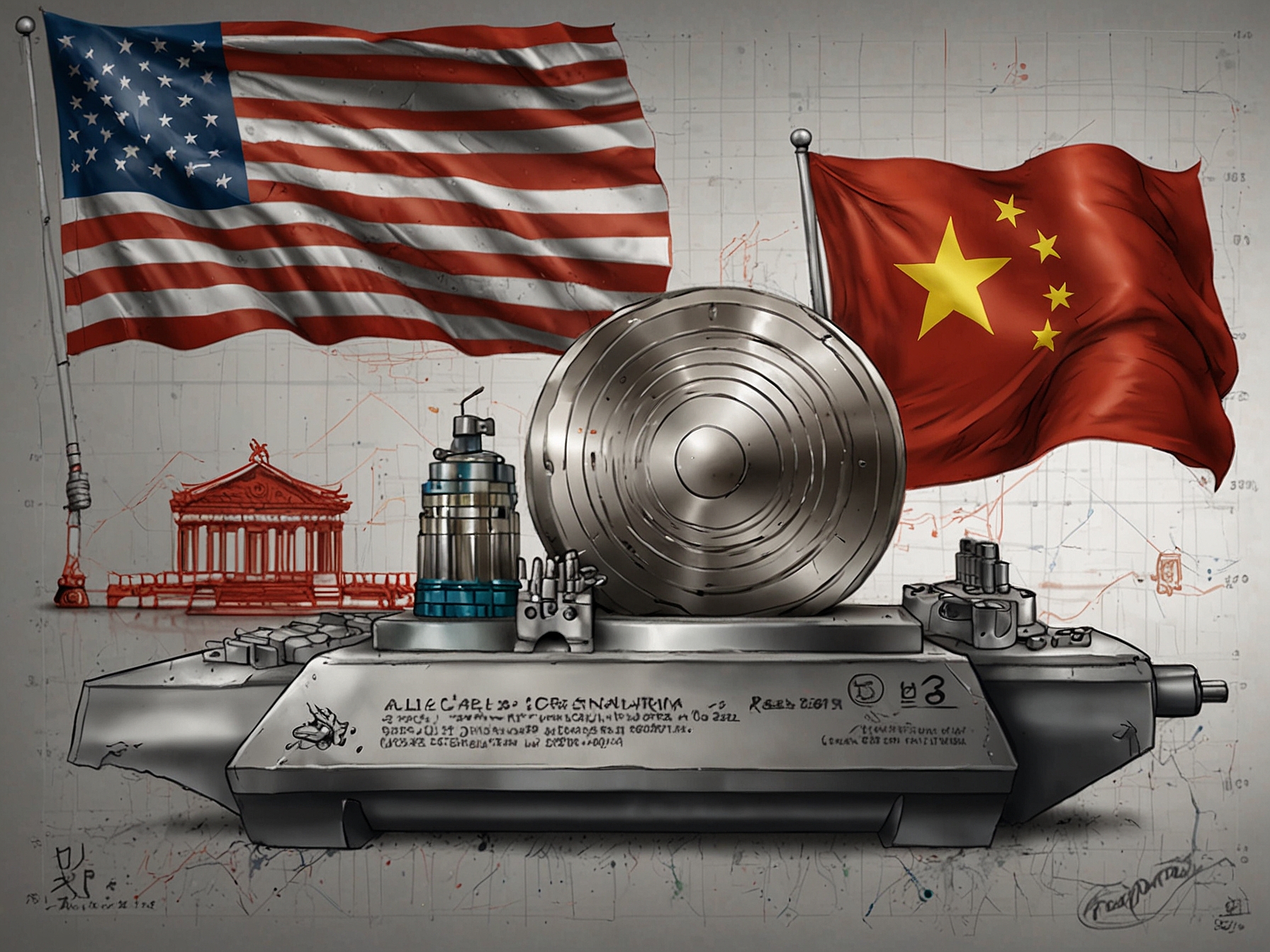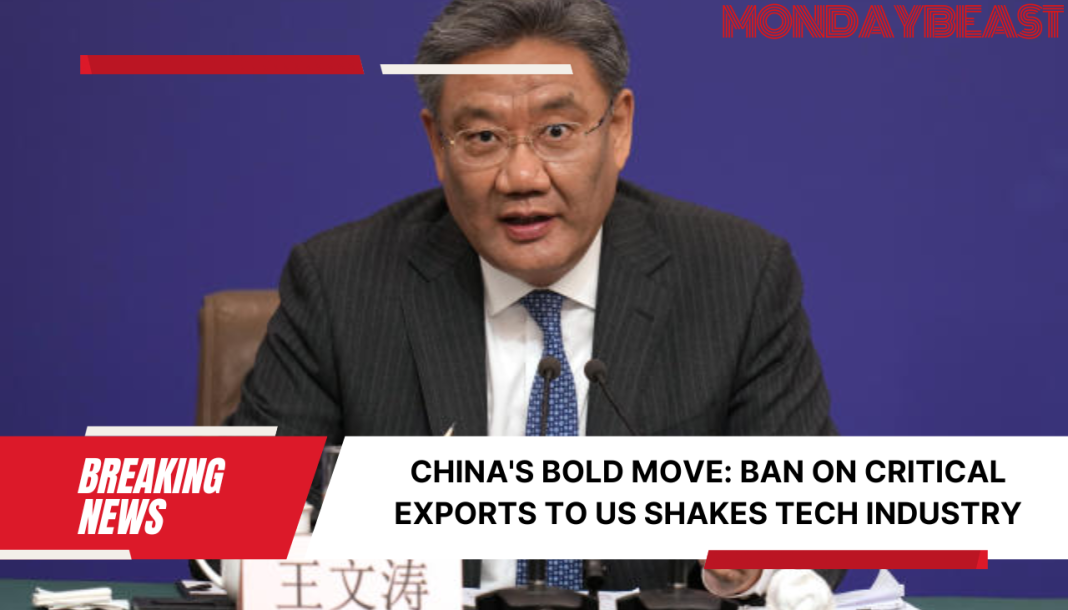The recent announcement from China has sent shockwaves through the global tech landscape. This week, the Chinese government declared a ban on exports of key high-tech materials like gallium, germanium, and antimony to the United States. Why is this significant? What does it mean for industries relying on these minerals?

To many, this move feels like retaliation. The U.S. has expanded its list of Chinese companies facing strict export controls. These controls have primarily targeted semiconductor-related equipment and materials. The stakes are high. In today’s tech-driven world, materials like gallium and germanium are not just essential—they are vital for manufacturing advanced technology, including everything from smartphones to military applications.
Against this backdrop, the mood within the technology sector is somber. President-elect Donald Trump has hinted at hefty tariffs on imports, aggravating tensions that have simmered for years. This isn’t merely an economic spat; it’s a clash of national priorities and security concerns. As businesses try to grasp the repercussions, one can’t help but wonder: how far will both countries go? What are the implications for innovation and consumer prices?

China’s Foreign Ministry has expressed strong disapproval of U.S. actions. Lin Jian, a spokesperson for the Ministry, stated their opposition to what they perceive as America overreaching with national security. By framing its export restrictions as protective measures, Beijing signals a commitment to safeguarding its technological progress. But at what cost? The line between national security and economic competitiveness has blurred.
The U.S. has relied heavily on China for these strategic materials. In fact, it sources about half of its gallium and germanium directly from Chinese production. These minerals are more than important; they are game-changers in sectors like electric vehicles and renewable energy technologies. What happens to the electric vehicle market if access to germanium is cut off? The potential consequences are staggering.

As we delve deeper, it’s essential to recognize the complex motives behind China’s decision. On the one hand, there’s a desire to protect its own industries. On the other, retaliation might spur a cycle of escalating tensions. Various industry associations in China have already voiced their outrage against U.S. actions. The China Association of Automobile Manufacturers condemned the export controls. Their message was clear: don’t use national security as a pretext.
Can the U.S. effectively pivot to other suppliers? Will American companies be forced to look elsewhere? There is some potential to explore domestic mining—though it’s not as easy as it sounds. Some projects are underway, but it will take time to ramp up production. In the interim, for companies that rely on U.S. imports, the reality is unsettling.
The market is feeling the pinch now. Export restrictions are causing prices for antimony to soar—over $25,000 per ton this year. Other minerals, like gallium and germanium, have also seen price hikes. How will rising costs impact the final price of consumer electronics? Will American consumers see these changes reflected right at the checkout?
When we consider this scenario, we must reflect on the broader implications. The ongoing trade war could alter the very fabric of global supply chains. Companies may become extra cautious about negotiating future contracts that rely on Chinese materials. And for consumers, it could mean longer wait times for high-tech products or, worse, price increases.
This situation raises pressing questions for the tech industry and the global market at large. Are we seeing the beginning of a new era of technological isolation? Or is this a temporary hurdle that both nations will eventually learn to navigate? The answers are unclear, but the urgency for companies to adapt has never been greater. It may be time to rethink dependencies, perhaps encouraging innovation in other countries.
Going forward, it’s crucial for stakeholders in technology, government, and trade to keep the channels of communication open. If neither side bends, the consequences could be dire—not just for their economies, but for people worldwide who rely on technology in everyday life. What steps can be taken to ease these tensions? It’s something we must all ponder, as the repercussions of these decisions will likely echo for years to come.




